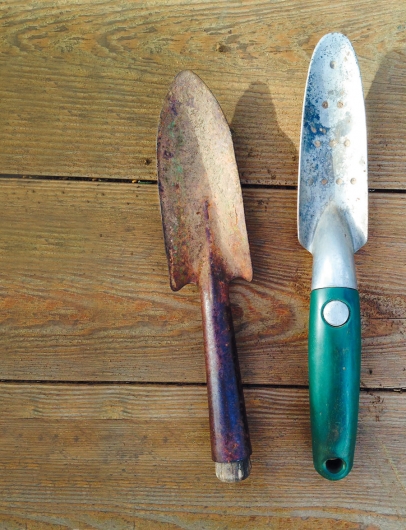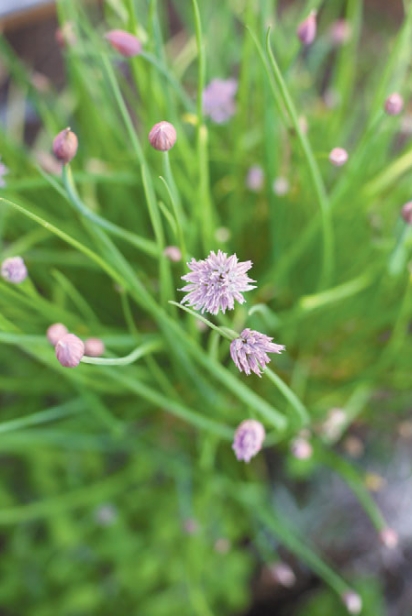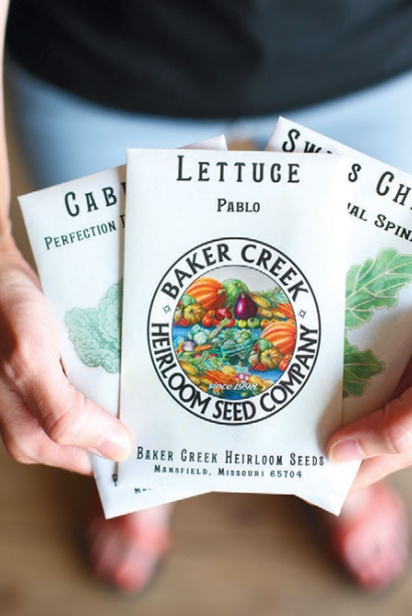Transitions from Spring to Summer
“April showers bring May flowers.” This tasty chapter of spring is the most abundant time of the year. The garden looks better than it ever has. Everything is glowing bright green and the blooms and bees are alive with the sound of music. Each month of the year is marked by its appropriate garden ritual and is recognized by its top performers—by March 22, the inauguration of spring and the day the sun moves into Aries, things are well underway. We’ve fully transitioned from the cool afternoon temperatures into what feels like a breezy California day. We get a little over one month of that bliss in Oklahoma before it’s time to shift gears again into early summer weather, marked by the month of June. Until then, these pleasant temperatures and growing conditions are perfect for getting your garden off the ground and in position to withstand the intensity of July and August.
Summer heat preparations for your garden can begin as early as March, but you certainly don’t want to wait any later than May to execute these critical steps to ensure good results in your garden. Any seeds that were dropped by last season’s annuals and perennials have started to germinate. The first round of bulbs and perennials are on their way out and the next wave is patiently waiting in the wings. The garden performs this dance in acts, cueing one another with chemical responses emitted by phases of their growth.
Let’s get started. Make a wish list of things you would like to grow this year. Put that into a drawing. Garden sketches are quite helpful in arranging ideas and designs for crops before you dig. Update your equipment. Take inventory and inspect all of your tools. Shears and pruners should be free of rust and should open and close easily without sticking. Use WD-40 to clean the blades if they are problematic. Check the heads of rakes and shovels to see that they are secured to the handles. Inspect the tires of your wheelbarrow. Be sure the mechanism of your garden sprayer works. Stock up on organic soil amendments like bone and blood meal. Replace your gloves each year, regardless of condition.
Next, let’s move on to the garden. Most of the soil and mulch from last season is deficient, most likely, unless you amended either of them in the fall. Refreshing the soil is always beneficial; rake back whatever existing mulch you already have in order to expose the soil. Amend the top inch with either a home-grown compost or an organic store-bought variety by turning it in with a long-handled spade. Use compost to top dress pre-existing plants around the base. You can replace the old mulch completely or add new material on top of it. Always keep your soil and mulch in separate layers. Functionally, mulch creates a mat of insulation that stabilizes ground temperature, retains moisture, and reduces weeds. You’re almost ready to start digging!
A note about companion planting, sometimes called “interplanting”—at its essence, this is the symbiotic partnering of two or more species that encourage one another. This scientific friendship provides multiple benefits to the garden and the grower. It maximizes space by putting root vegetables with varieties that fruit on top, such as sweet potatoes and peas or tomatoes and carrots. Other important virtues include sharing nutrients and luring away particular pests, while increasing populations of beneficial predatory insects. Attraction to one that addresses the other is truly a form of superior communication, which supports the theory behind the secret life of plants.
MAY | JUNE SEED PLANTING GUIDE
salsify 2-1 to 5-31
turnips 2-15 to 9-15
radish 3-1 to 5-1
winter & summer squashes 4-1 to 6-1
peppers 4-1 to 6-1
eggplant 4-1 to 5-15
corn 4-1 to 5-1
tomatoes 4-15 to 6-1
summer spinach 4-15 to 6-30
sweet potatoes 4-15 to 5-31
gourds 4-15 to 5-15
cucumber 4-15 to 6-15
cow peas 4-15 to 8-15
watermelon 5-1 to 6-1
okra 5-1 to 6-1
cantaloupe 5-1 to 6-1
pumpkin 5-1 to 6-30









